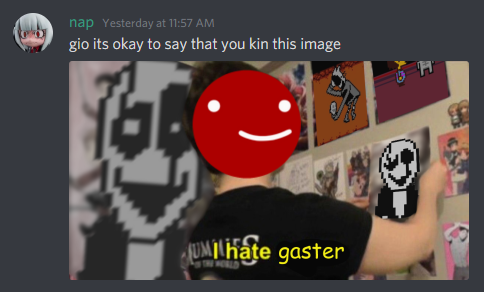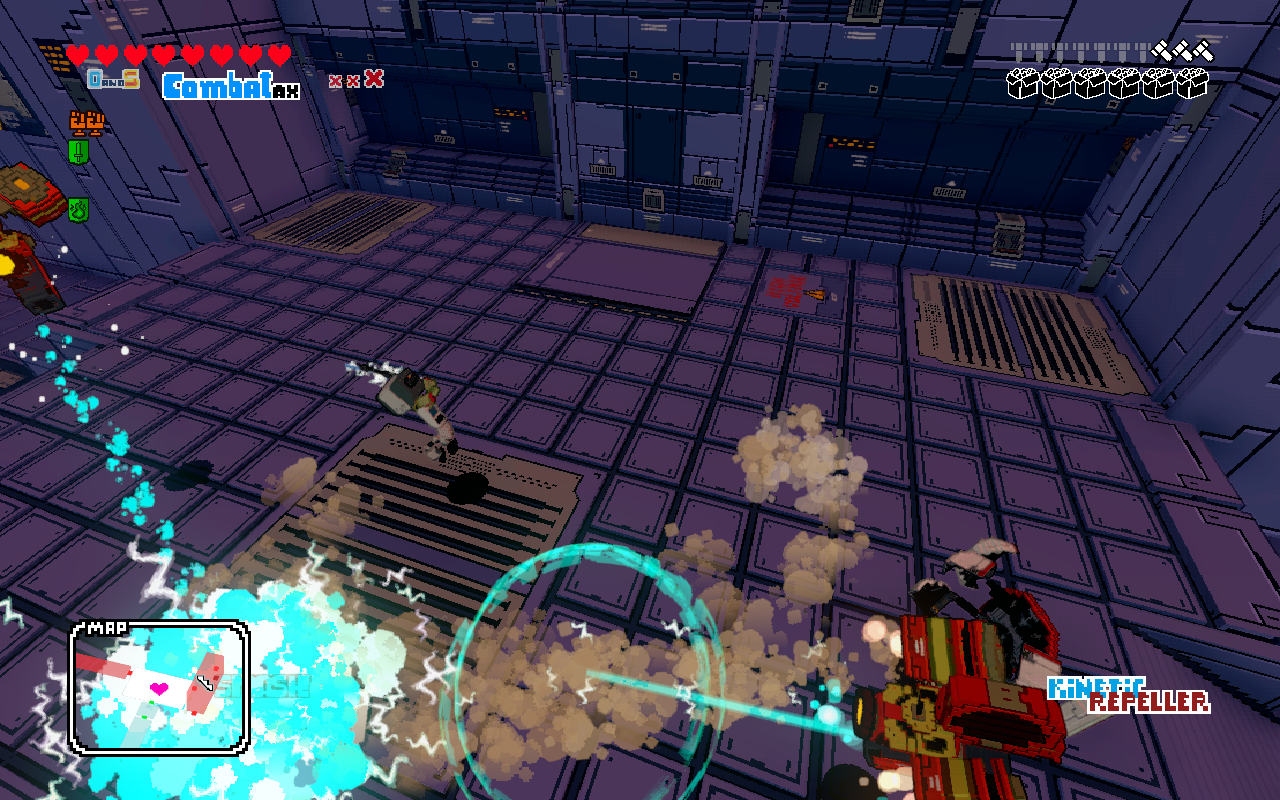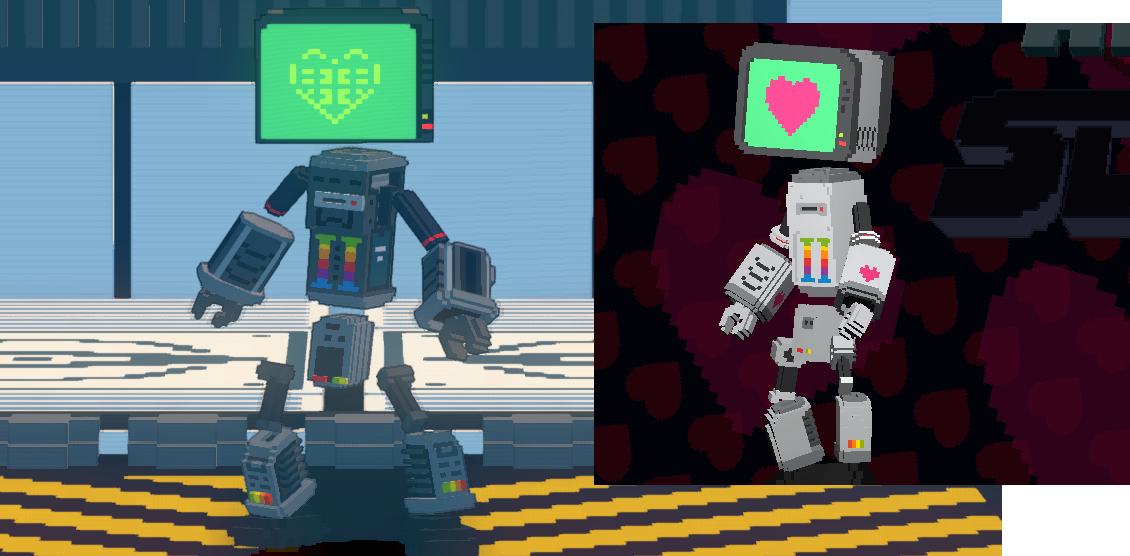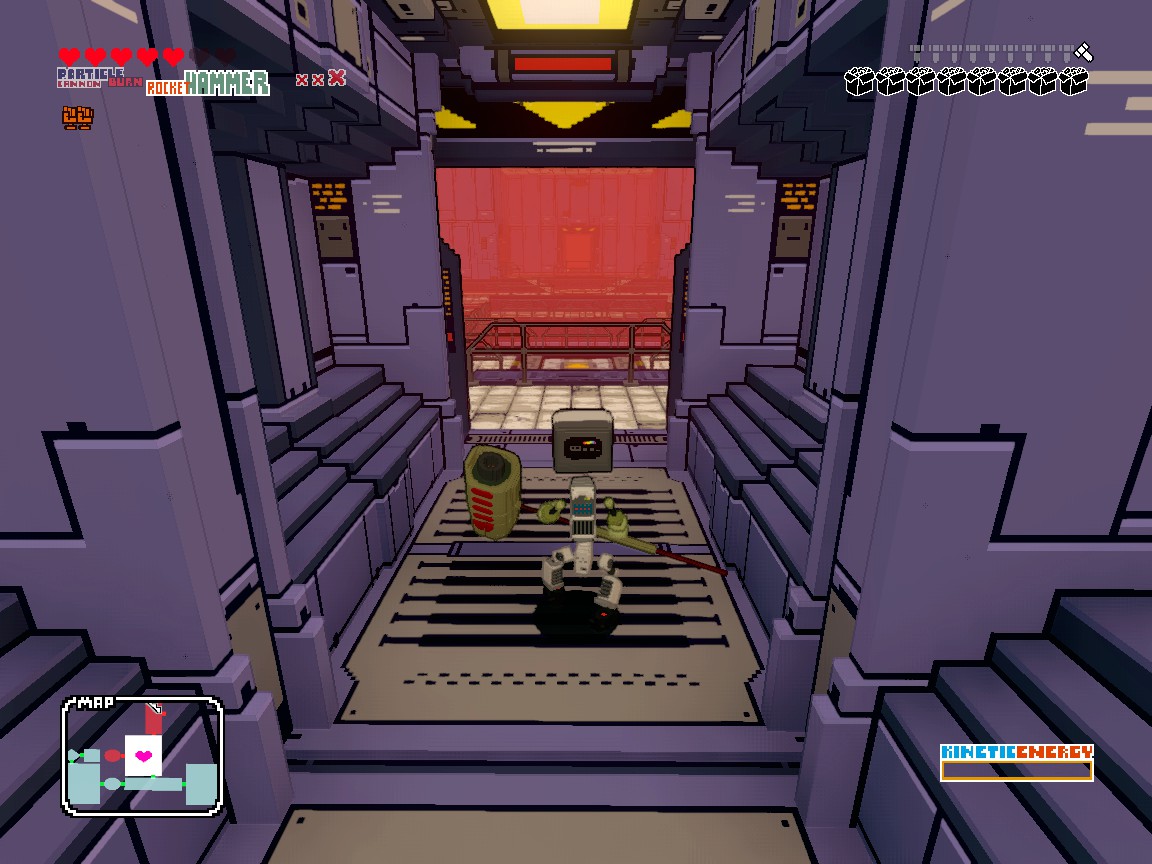What exactly drives you to make pieces such as the big one about the hiveswap fiasco and many others?
This is a big question, so that gives me an opportunity to be self-indulgent. Here are a few things that come to me.
One major part of the answer is serious dissatisfaction with how current social media handles persistent information, but I have a whole article I’m planning to write on that topic.
I’ll talk about Hiveswap first because it’s kind of a special case. My intent when I started writing was actually completely different than what I ended up doing. I had been talking with some relatively new Homestuck fans and realized that there was an enormous amount information I just picked up from cultural osmosis that they just didn’t know. What’s more, most of the original sources for that information (peoples’ blogs, the forums, newsposts) were all out of use, shut down, or intentionally obfuscated.
So my original idea was to dump the whole Hiveswap story as I knew it (because I was there at the time, and actively engaged with the news and development information throughout) down on paper, attach archived versions of the original sources where possible, and fill in all the holes in my recollection while I was at it. Just because I thought it was interesting, and significant, and something people in the Homestuck fandom just ought to know. I… I might have even called it a calling? Not at all a “I’ve got to blow the lid on this whole scandal” calling, because at the time I didn’t know there was a whole scandal. I just realized I was one of only a few people equipped with the information needed to actually save that history.
Now, obviously Hiveswap in particular snowballed from there, as I put things together and realized I had stumbled on something important.
But it’s usually not just “I feel like I know some facts”, it’s usually that I make some interesting connections or observations that I want to point out. YouTube broke links and other life lessons and Twitter Blue is a late-stage symptom are very basic examples of this, where I try to link some real thing going on in the world with the concepts I’m reminded of when I hear about them, but that other people might not be. The same is sort of true of The Sarah Z Video Fallout, where I feel like I have a particular understanding of the story that lets me contextualize the new developments in a way other people might not naturally do. A lot of times, when some tech company is doing something something bad and sneaky, they rely on people not being able to properly contextualize it, which is how they get away with things. So it’s good to contextualize things, and even better if I teach somebody how to contextualize things in the process.
There’s also a strong memex element, where I use articles to organize and connect my own thoughts, and especially connect my thoughts about issues to other writing or videos or papers people have written. Whenever I see something that just strikes me as particularly good or important or poignant, and relates to a topic I’m personally interested in or have a particular take on, I’ll either staple it somewhere near where I’ve written about that topic before or toss in a folder to connect to an article later.
I have this sort of katamari method of writing, where every time I have a thought that seems particularly interesting, or related to a topic I have interesting thoughts about, I’ll write it down and categorize it somewhere until eventually my internal notes reach critical mass and there’s enough there to expand on and write into a real article.
And, on that note, I have a bigger answer to “why write things down” in a draft right now that will continue collecting thoughts passively until it’s ready, and then until it hits the top of my list. So, look out for that some day.

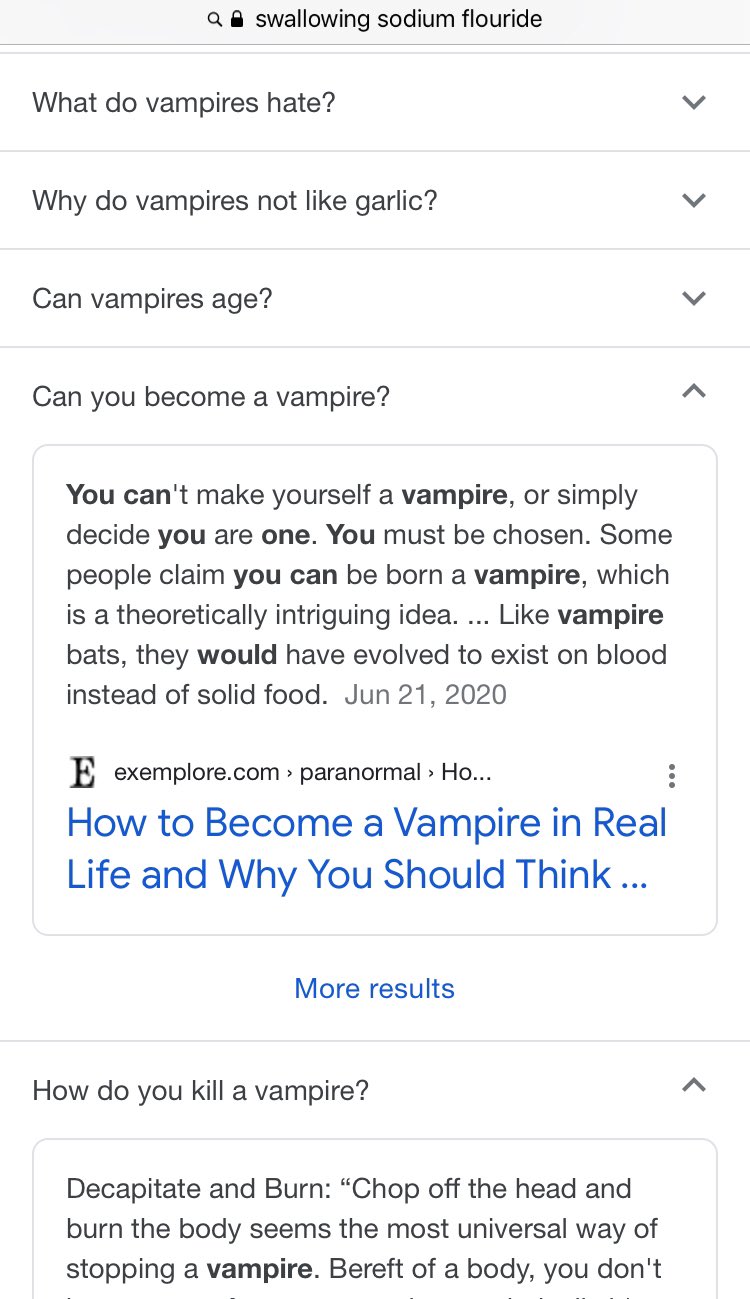

— insomnia club (@soft) October 16, 2021
 You can Google it
You can Google it







 Hack 'n' Slash is awe inspiring
Hack 'n' Slash is awe inspiring
 On motivation
On motivation


 Polygon's "Life after Homestuck" (Thread)
Polygon's "Life after Homestuck" (Thread)





 The Joy of RSS
The Joy of RSS
 please don’t tell anyone how I live
please don’t tell anyone how I live